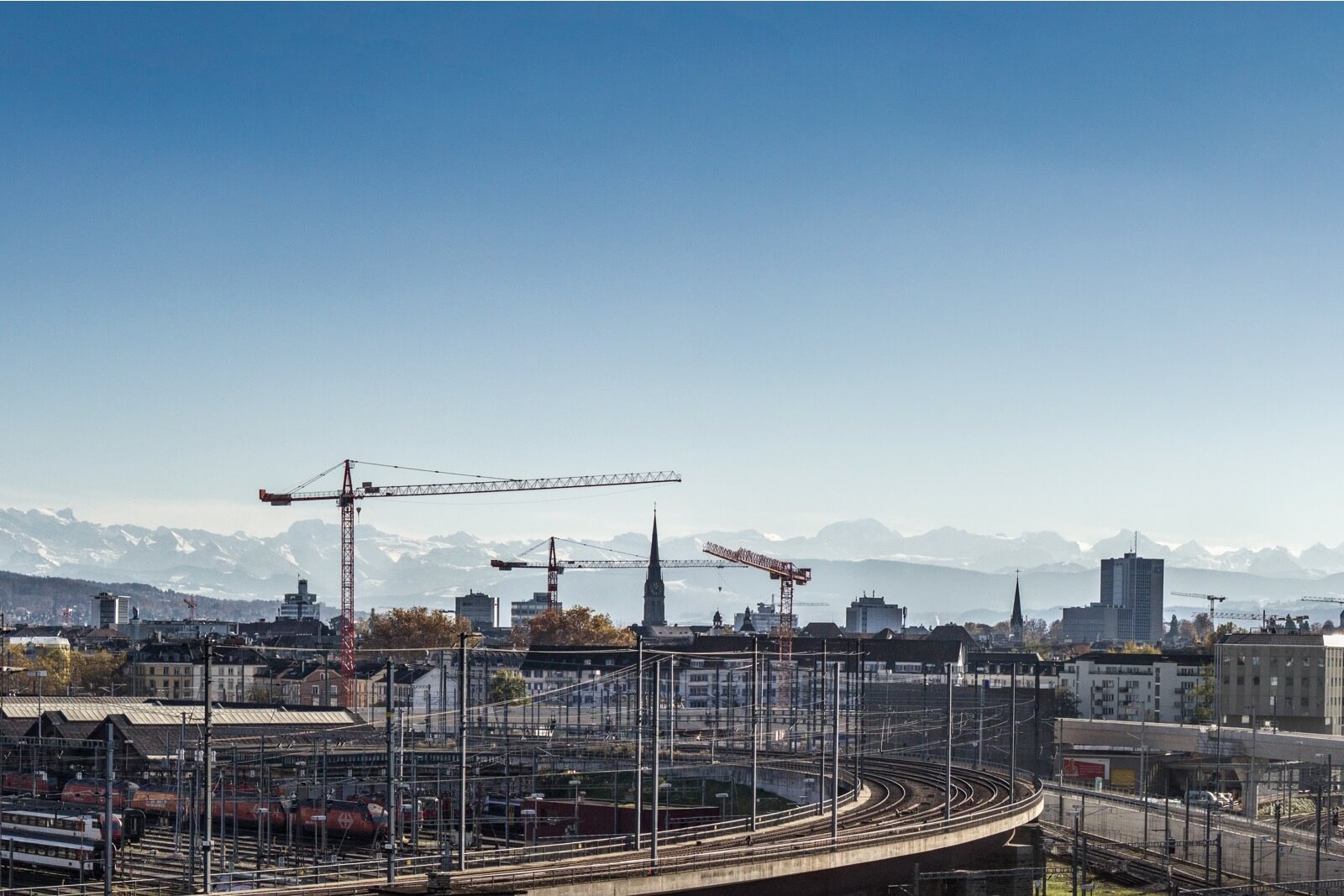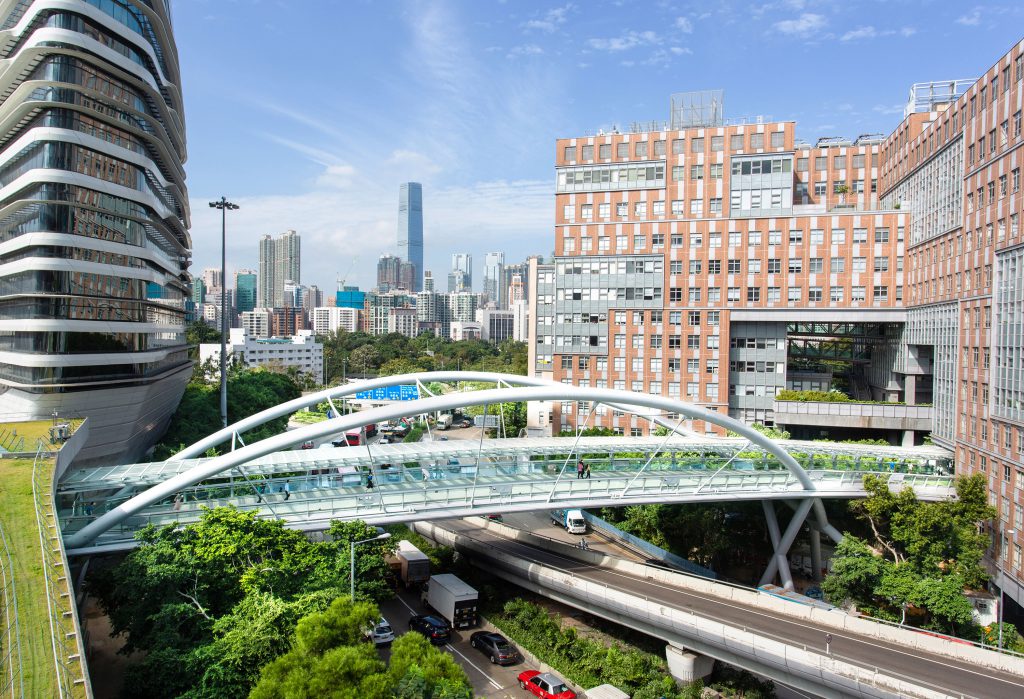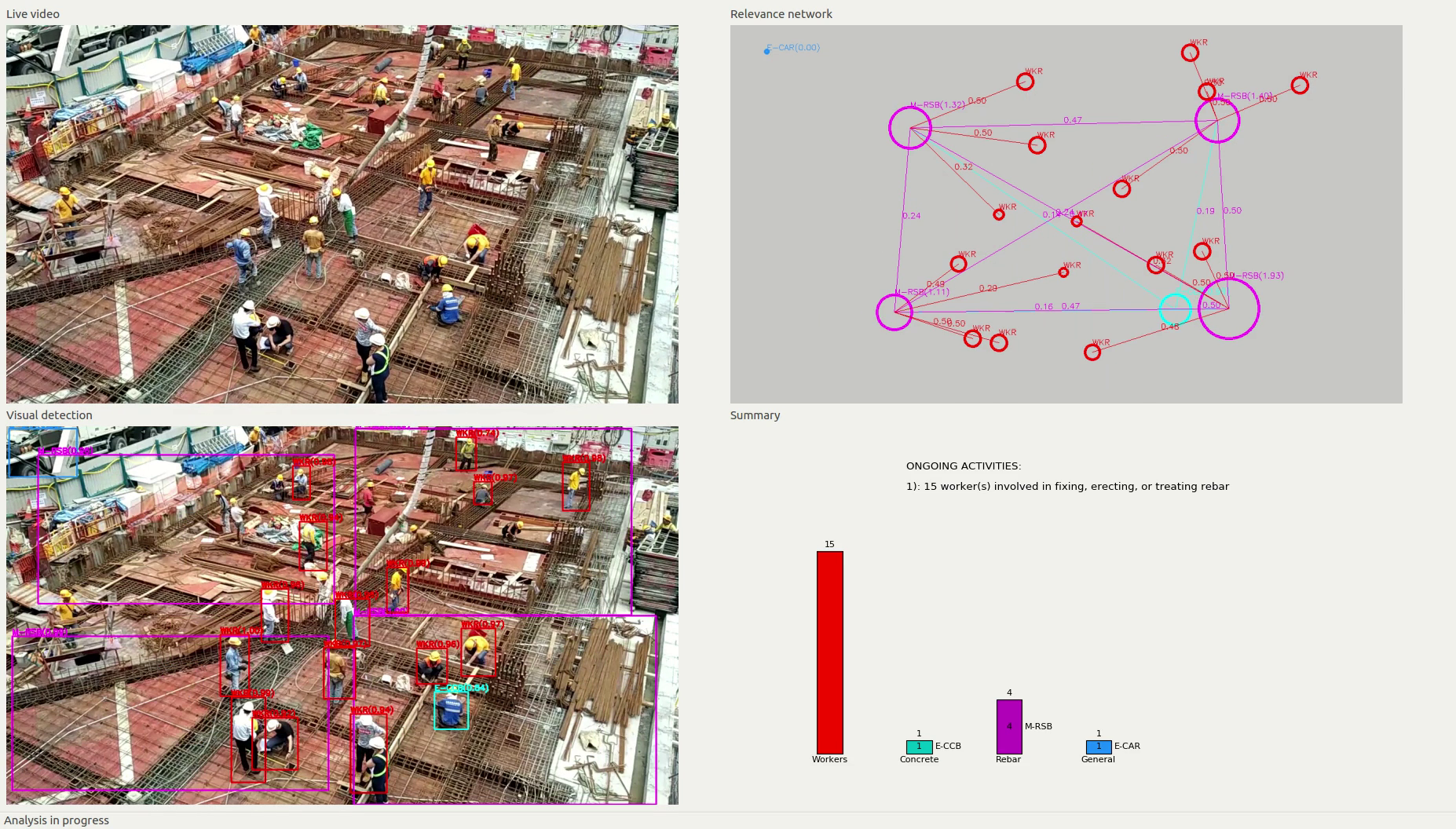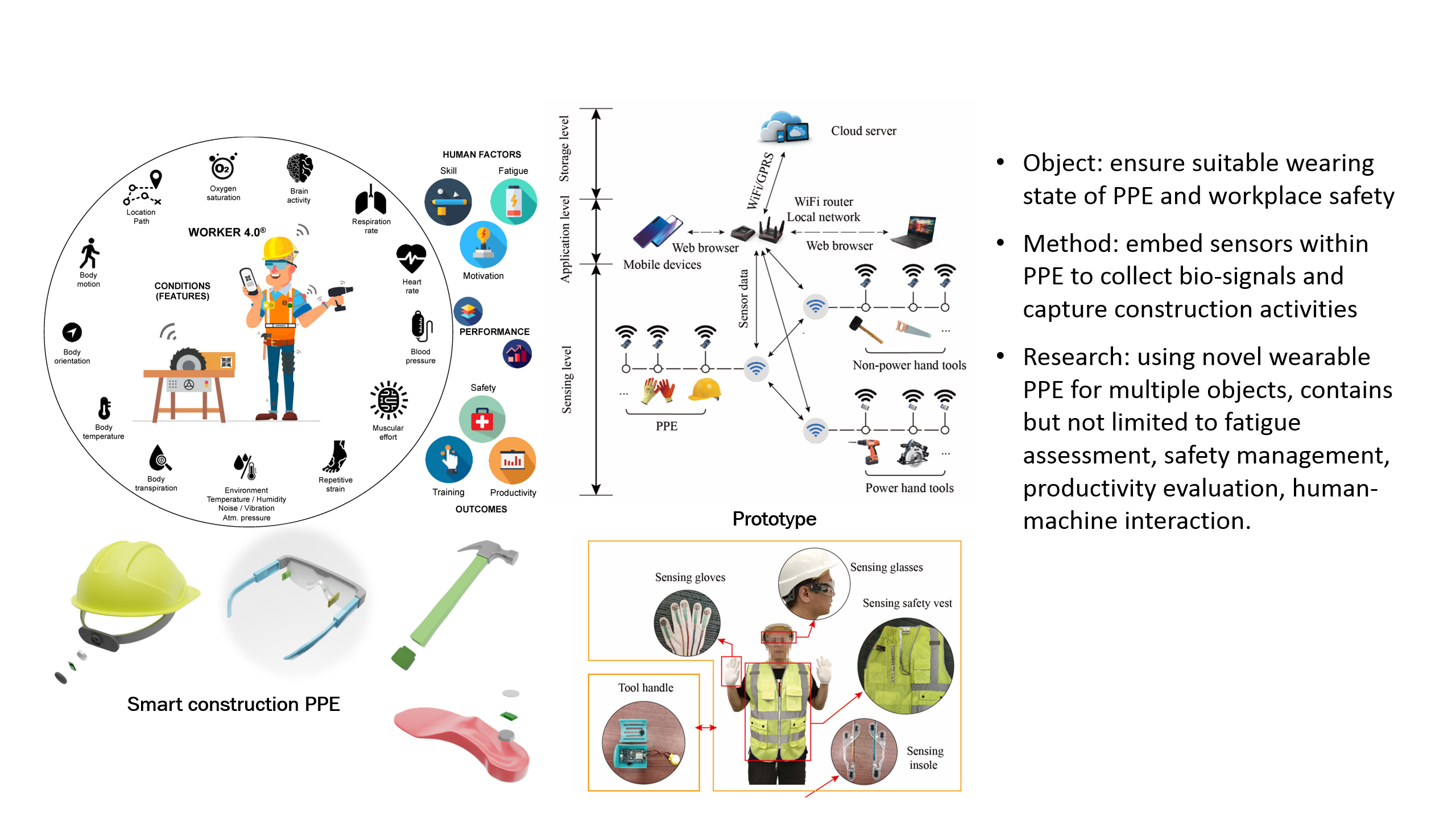
About Us
Know more about SCLab and our research works
The Smart Construction Laboratory (SCLab), previously called the Construction Virtual Prototyping Laboratory (CVP Lab) was founded in 2004 at the Department of Building and Real Estate, The Hong Kong Polytechnic University.
Our research projects focus on major application areas such as digital construction and smart construction technologies for proactive behavior-based safety management, wearable sensors for construction workers’ safety and health monitoring, and computer vision-based technologies for workers’ activity recognition and productivity analysis.
They provide practical industrial solutions and state-of-the-art research outcomes to improve the health and safety of construction workers, enhance construction productivity, and promote the efficiency of construction planning within Hong Kong and other international cities.
The SCLab particularly promotes external research collaborations and encourages interdisciplinary and multidisciplinary research.
Our research activities are supported by The Hong Kong Polytechnic University, industrial donations, and public grants from the Hong Kong Research Grants Council, Innovation and Technology Fund, Construction Industry Council, National Natural Science Foundation of China etc.

Research Focus
Smart Construction
Smart construction aims to reduce or replace human involvement in the construction process.
Construction industry typically employs two types of people: managers and doers. In our opinion, it is relatively easier and more cost-effective to reduce/replace construction managers.
In recent years, we have experimented the use of surveillance cameras and artificial intelligence (AI) to replace the eyes and brains of managers. This has generated some degree of success (see Figure 1 and PI).
In order to tackle situations where surveillance cameras are not allowed or not possible, we are studying the deployment of Internet of Things (IoT) to track tools and equipment used by workers. Based on the tracked data and inverse dynamics, we shall be able to indirectly measure the activities, progress, safety, and other issues pertaining to construction site management (see Figure 2).
We aim to lead the technological advancement through providing well-researched and feasible technologies to transform the construction industry from its conventional status-quo to a smart industry.
In order to relieve construction workers from heavy workload, we are developing exoskeletons and artificial muscle systems. We are also studying various robotic technologies to do hardships for human-beings.


